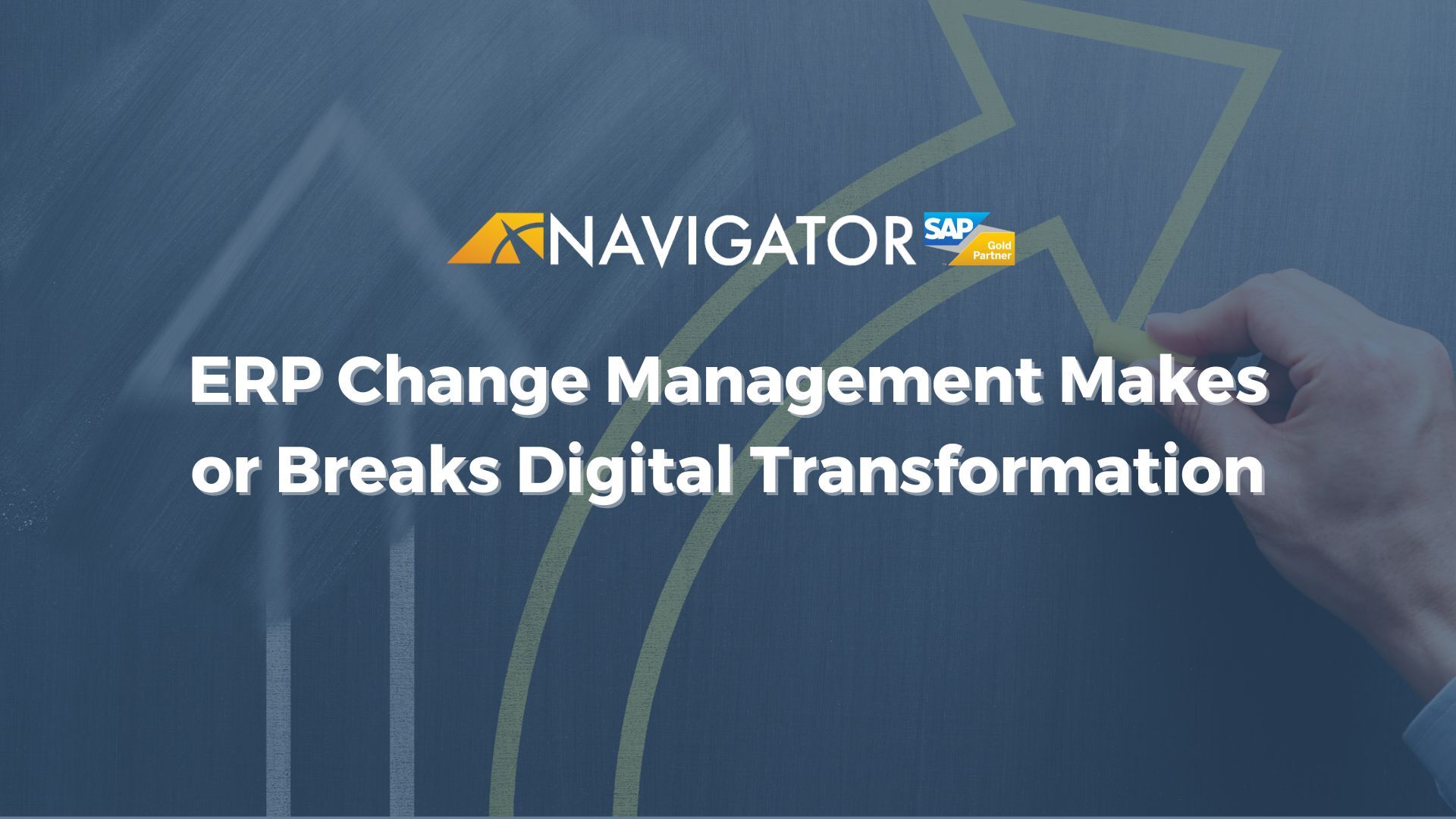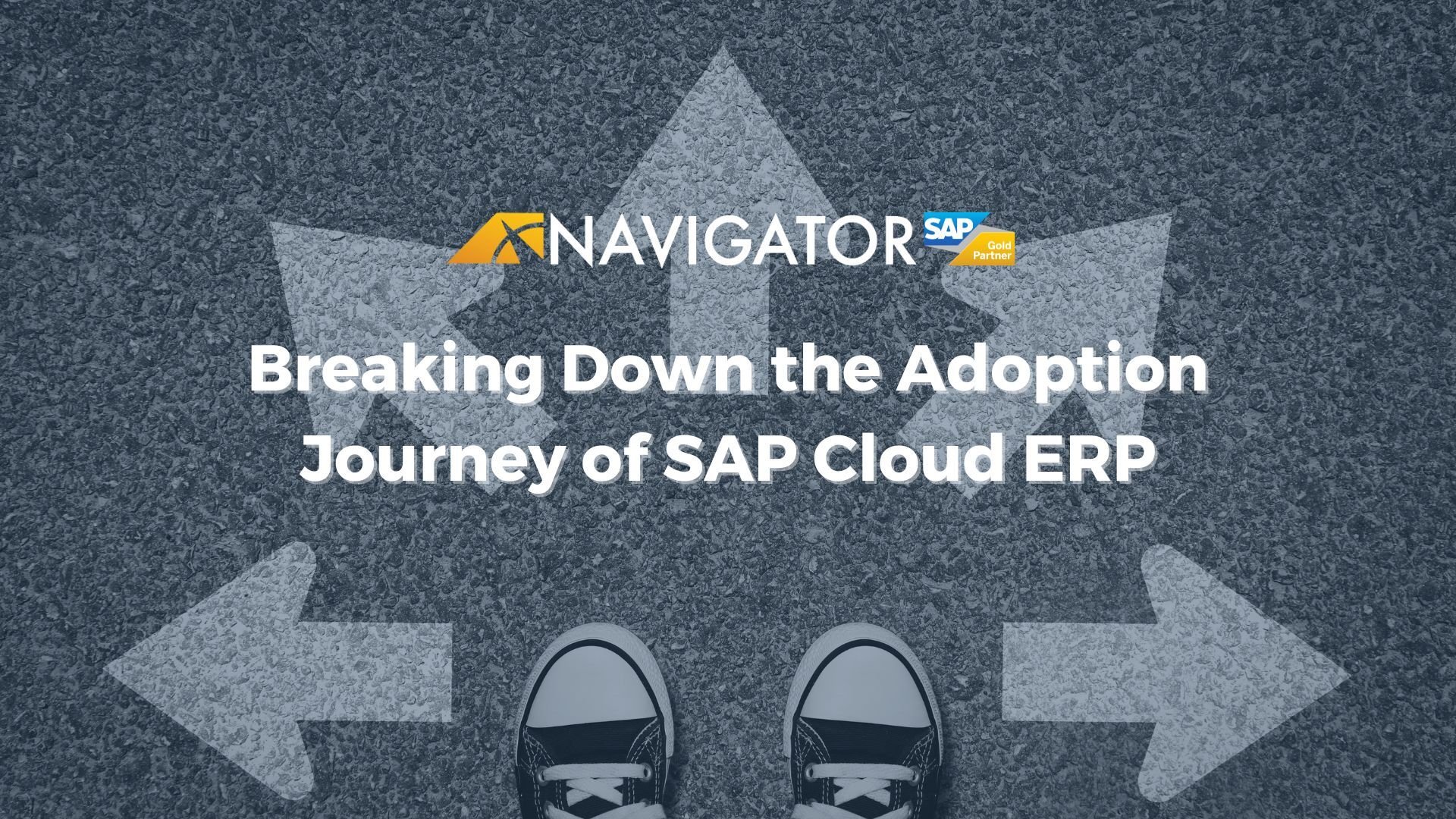In today's fast-paced and highly competitive business environment, companies must leverage technology to stay ahead of the competition. On that note, enterprise resource planning (ERP) systems are essential for managing complex business operations from production and supply chain management to financial reporting and analytics. SAP S/4HANA Cloud is one of the most powerful ERPs on the market, and it offers real-time data processing and analytics capabilities.
In this comprehensive guide, we will explore the benefits of an SAP S/4HANA implementation and provide practical tips for effectively implementing the system in your organization.

What Is SAP S/4HANA?
SAP S/4HANA is a next-generation Enterprise Resource Planning (ERP) system developed by SAP SE, a German multinational software corporation. It is designed to help organizations streamline operations, improve efficiency, and make data-driven decisions in real time.
S/4HANA runs exclusively on SAP HANA, which is SAP’s powerful in-memory database platform launched in 2010. SAP HANA enables high-speed processing of large volumes of data and supports advanced analytics, making real-time insights possible
SAP HANA Versus SAP S/4HANA
Over time, various versions of SAP have been released and this can create some confusion. SAP HANA, in particular, is often confused with SAP S/4HANA.
It’s important to note that these two are not the same.
While the names are similar, SAP HANA and SAP S/4HANA are not the same:
-
SAP HANA is the database and technology platform.
-
SAP S/4HANA is the ERP system that runs on the HANA platform.
This distinction is important, as SAP HANA provides the technical foundation, while S/4HANA delivers integrated business applications built to leverage that foundation. It is designed to simplify business operations and improve efficiencies by integrating various business functions, including finance, procurement, sales, and logistics.
It is also the latest version of the SAP ERP system and offers a range of advanced features and capabilities, including artificial intelligence ERP and machine learning.
Top Benefits of SAP S/4HANA Implementation
SAP S/4HANA Cloud implementation offers a wide range of benefits for organizations in various industries, including life science, manufacturing, and distribution. Some of its key benefits are:
- Realtime Analytics - SAP S/4HANA enables organizations to analyze data in real-time, which allows for faster and more informed decision-making. This is particularly important in industries such as biotechnology, pharmaceuticals, and medical devices, where timely decision-making can have a significant impact on business outcomes.
- Improved Efficiency - SAP S/4HANA can help organizations improve efficiencies by streamlining processes and reducing the time and resources required for data processing and analysis. This, in turn, also helps save money.
- Enhanced data quality - Since SAP S/4HANA serves as a single source of truth for data, it improves data accuracy and quality. This is particularly useful for organizations in highly regulated industries, such as life science and pharmaceuticals, where data accuracy is critical.
How to Effectively Implement SAP S/4HANA
Implementing SAP HANA can be a complex process. Therefore, it's important to take a strategic approach. Follow these five steps to successfully implement SAP S/4HANA and benefit from its powerful capabilities to improve efficiency, gain valuable insights, and skyrocket your business’s success:
- Define your objectives: Begin the implementation process by setting up clear goals. Conduct a thorough assessment of your organization's current systems and processes and identify areas where SAP S/4HANA can add value. We recommend initiating the process by gathering input from key stakeholders and setting SMART objectives. Also, make sure you align these objectives with your overall business strategy.
- Create a detailed implementation plan: Once you have your objectives, create a plan for SAP S/4HANA implementation. This plan should include timelines, milestones, and responsibilities for each phase of the implementation process. You can use a collaborative project management tool such as Asana to do this. Assign tasks to specific team members, set deadlines, and regularly review and adjust the plan to ensure successful implementation.
- Choose the right implementation partner: Look for a partner with extensive SAP S/4HANA implementation experience and a proven track record.
- Provide adequate training and support: To ensure a smooth transition to SAP S/4HANA, train end-users to help them understand how the system works. It’s also crucial to offer ongoing support to help troubleshoot any issues they may encounter.
- Test and validate: Before you go live with SAP HANA, test and validate the system thoroughly. It will help identify any issues or bugs that need to be addressed before the system is fully implemented.
Integrate and Streamline Business Operations
Stay ahead of the competition by implementing an SAP S/4HANA ERP system. It is one of the most comprehensive ERPs on the market. With a carefully developed plan, you will ensure that all of the organization’s functions are properly integrated to best support your organization’s future.
Learn more by contacting one of our experienced ERP consultants by calling (801) 642-0123 or writing us at info@nbs-us.com.




